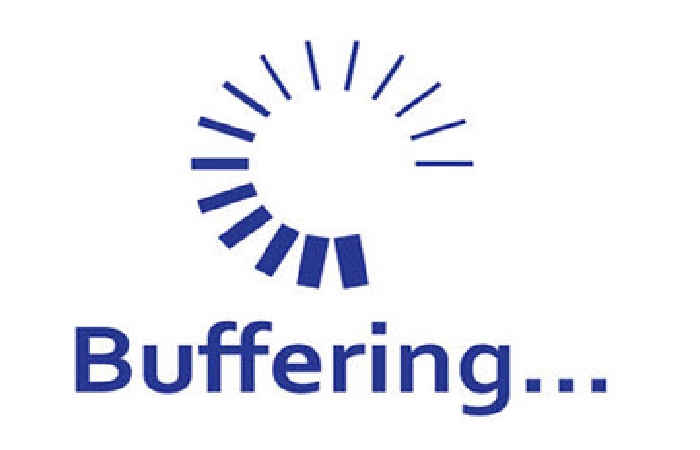Table of Contents
What is Streaming?
Streaming: The first websites were simple pages of textual content with perhaps an image. Today, however, anybody with a fast enough Internet connection can watch excessive-definition movies or make a video name over the Internet. It is viable due to a technology referred to as Streaming.
Streaming is the non-stop transmission of audio or video documents from a server to a client. With Streaming, the media document play at the purchaser device is stored remotely and transmitted seconds over the Internet. Streaming happens whilst customers watch TV or concentrate on podcasts on Internet-connected devices more straightforwardly.
What is the Distinction between Streaming and Downloading?
Streaming is actual-time, and it’s greater efficient than downloading media documents. If a video file download, a replica of the entire file store onto a device’s brutal power. The video cannot play until the whole file finishes downloading. If it’s streamed as a substitute, the browser plays the video without virtually copying and valid it. The video loads a little while at a time instead of the entire record loading immediately, and the fact that the browser hundreds isn’t permanently stored regionally.
Think of the distinction between a lake and a movement: Both include water. A move may also incorporate simply as plenty water like a lake; the difference is that the water isn’t all inside the equal place at an equivalent time with a stream. Streaming video is extra like a flow or a river, in that the video’s statistics are continuously, unexpectedly flowing to the user’s browser. A downloaded video record is more extraordinary than a lake in that it takes up quite a few challenging power spaces (and it takes a long time to transport a lake).
How does Streaming Work?
Like other statistics, it dispatches audio and video information damage into information packets over the Internet. Each package contains a small document. An audio or video participant inside the browser on the client tool takes the waft of data packets and translates them equally video or audio.
Does Streaming use the User Datagram Protocol (UDP) or the Transmission Control Protocol (TCP)?
About flowing strategies use UDP, and some use TCP. UDP and TCP are transport protocols, meaning they may use for moving packets of statistics throughout networks. Both use the Internet Protocol (IP). TCP opens a dedicated connection earlier than transmitting records. And it guarantees all facts packets arrive in order. Unlike TCP, UDP does neither of these stuff. As a result, TCP is more dependable, but transmitting facts via UDP does not take as long as it does through TCP. Even though a few packets misplace along the way.
If TCP is like a bundle shipping carrier that calls for the recipient to signal for the package, then UDP is a shipping carrier that leaves programs on the front porch without knocking at the door to get a signature. The TCP shipping carrier loses fewer programs. However, the UDP delivery provider is quicker because packages can get dropped off, even supposing no person is home to sign for them.
For Streaming, velocity is more critical than reliability in a few instances. For instance, somebody in a video convention might interact with the opposite conference attendees in real-time rather than sit down and wait for each little bit of information to bring. Therefore, a few misplaced data packets isn’t always a considerable challenge, and UDP must use them.
Many video-on-call for services use TCP. In other instances, reliability is extra essential for Streaming. For example, both HTTP live streaming (HLS) and MPEG-DASH are streaming protocols that use TCP for transport.
What is Buffering?

Streaming media players load some seconds of the circulation in advance of time so that the video or audio can continue playing if the relationship is briefly interrupted. It calls buffering. Buffering ensures that movies can play quickly and continuously. However, over slow connections, or if a community has a beautiful deal of latency, a video can take a long term to buffer.
What Factors Slow Down Streaming?
On the Network Side:
- Network Latency: A range of things that affect latency, including the content that customers are looking to get right of entry to is saved.
- Network Congestion: If excessive statistics dispatch via the community, this can degrade overall streaming performance.
On the User Aspect:
- WIFI Problems: Restarting the LAN router, or switching to Ethernet in place of WIFI, can help enhance overall streaming performance.
- Slowly Performing Purchaser Devices: To play videos takes an incredible quantity of processing energy. If the tool streaming the video has several different procedures walking or is simply sluggish in fashionable, streaming overall performance can impact.
- Not Enough Bandwidth: For streaming video, home networks need approximately 4 MPs of bandwidth; for excessive-definition video, they will probably need extra.
ALSO READ : MOVIES RELEASING IN 2022
How can Streaming make Faster?
Streaming is a situation to equal delays and overall performance degradations as different sorts of internet content. Because the streamed content material saves someplace else. The hosting region makes a significant distinction, as with any form of content material accessed over the Internet. Suppose a user in New York is attempting to flow from a Netflix server in Los Gatos. In that case, the video content material will need to move 3,000 miles for you to reach the consumer, and the video will spend a long time buffering or won’t even play in any respect. For this reason, Netflix and other streaming carriers make widespread use of dispensed content transport networks (CDN). Which keep content in places around the world which might be plenty in the direction of customers.
CDNs have a significant advantageous impact on streaming performance. Cloud flare Stream Delivery leverages the Cloud flare CDN to shop video content across all Cloud flare information centers worldwide. The result decrease latency for short video startup times and reduced buffering.
ALSO READ : MOVIES

